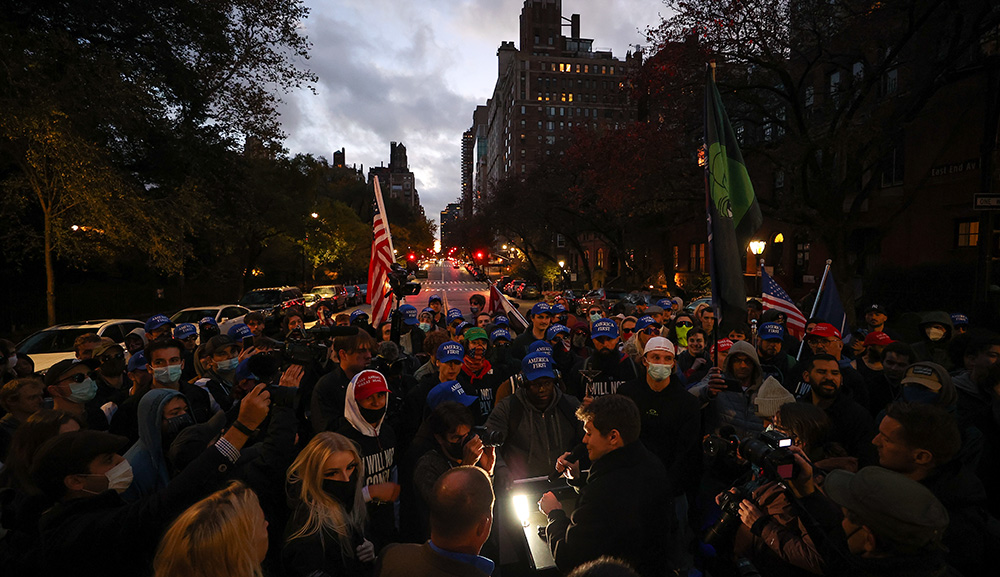According to the Bible, on the fourteenth day of the month Nissan—today—every Israelite household is to sacrifice a lamb or kid in commemoration of the exodus from Egypt. While, for mainstream Judaism, all modern denominations included, the practice was discontinued after the destruction of the Second Temple, the ancient sect known as Samaritans, as well as a handful of Jews living in Ethiopia, still performs the ritual. Rachel Scheinerman describes attending the Passover ceremony of the former group, and learning about that of the latter:
The Samaritans claim descent from some of the lost northern tribes of Israel; they split from the Judeans (who later became “Jews”) more than two millennia ago. The Samaritan Bible is substantially similar to the Jewish Torah, but the Samaritans have no prophetic books, no psalms, no Mishnah, no Talmud. Samaritan traditions are completely unmediated by late biblical or rabbinic influence, which is why they have Passover but no seder. . . .
The Samaritans dressed all in white [for the ceremony]: white jeans, white T-shirts, white sneakers—I even saw someone in a white bathrobe. Most people covered their heads with white baseball caps, though the elders were distinguishable by their red fezzes and belted white robes. Deep firepits and sharp spits had been prepared to roast the victims, which were conveyed to their demise in shopping carts. . . .
[L]ike the Samaritans, the Jews of Ethiopia also have a biblical Passover, though those who have come to Israel have largely assimilated to the rabbinic seder. The fascinating Koren Ethiopian Haggada: The Journey to Freedom, which pairs a traditional seder text with documents that celebrate the Ethiopian Passover tradition and the Ethiopian aliyah to Israel, outlines some of the community’s Passover traditions as they were performed before the Ethiopians came into contact with other Jews. . . .
Previously, Ethiopian Jews would prepare for Passover by purging their homes of leaven, which included not only leavened grains but also “leavened” milk like yogurt and cheese as well as leavened beverages. They carefully selected suitable lambs and goats without blemish (also preferably of one solid color) and observed a fast of the firstborn. When the fourteenth of Nisan arrived, they positioned their lambs with the lambs’ faces toward the rising sun—the direction of Jerusalem—for slaughter. Most of the blood poured into the ground and was covered over, but leafy branches were employed to catch any blood that spattered upward. This blood was daubed on the doorway to the synagogue.
Read more at Jewish Review of Books
More about: Ethiopian Jews, Passover, Religion & Holidays, Sacrifice, Samaritans


